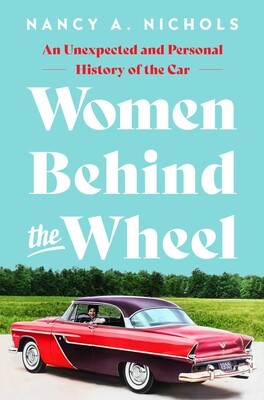Women started to appear in public more frequently with the advent of the bicycle, but it was the car that gave them prominence both in terms of visibility and in terms of power. “Women never explicitly demanded the droit de la ville, the medieval right to the freedom of the city that distinguished urban citizens from feudal serfs,” Elkin writes. But “the auto had the potential to help some women claim that right, most without ever demanding it.”
For that reason, when women began to embrace the automobile—taking to the streets for pleasure or to meet work, family, and farm obligations—their reception was frosty. Wealthy women went first, protected by their class status, followed by rural women, who fought isolation and destitution and quite simply needed to get stuff done.
Fear of women drivers was less about concern over car accidents and more about discouraging a behavior that was widely threatening not just to men, but to the larger social structure in general. “From the beginning,” historian Michael Berger writes, “everything about the car seemed masculine, from the coordination and strength required to operate it, to the dirt and grease connected with its maintenance.”
That is likely why women chose the car as the proper symbol of their independence. For example, in their quest for the right to vote, female suffragists completed a widely publicized trip across the United States in 1915 in an Overland car provided by the company.
“The sight of the car, with its worn banners, luggage roped on to the running boards, and the western mud and dust carefully preserved to heighten its effect, allowed the suffragists to stage a highly stylized performance of female independence, transcontinental solidarity, and sexual equality,” historian Georgine Clarsen states in Eat My Dust: Early Women Motorists. “It was a nonverbal vocabulary of entitlement and social change, perfectly intelligible and easily read by people in the streets.”
The Overland Automobile Company was quick to capitalize on the women’s achievement, feeding to local newspapers details of the women’s trips and specifics about the car they drove and what they wore, setting in motion the beginnings of a long line of automobile promotions aimed at women, and linking forever social striving with the right car.
